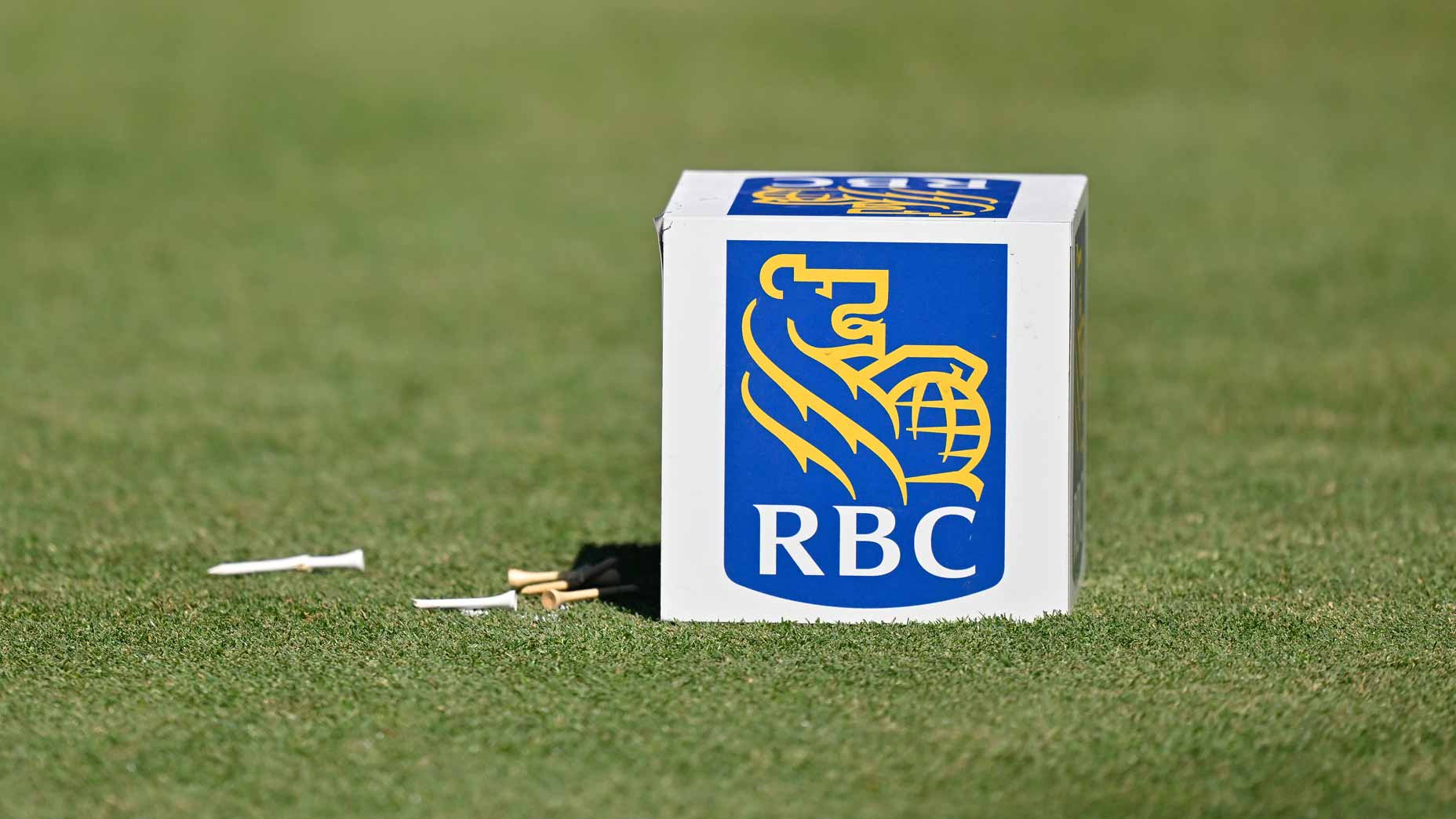Consider the golf handicap system, meant to be the game’s great equalizer.
Except it doesn’t always work that way.
The catch is that there is no single unifying system employed by golfers around the world.
British and Irish golfers abide by different guidelines than their American counterparts, whose methods vary from those of the Australians, who don’t do things the same way as the Swedes or the Chinese. On and on it goes, this border-crossing babble, resulting in a fair share of frustration and confusion.
Surely golf would be better off with a universal system, a handicapping Esperanto used and understood by all. That’s what the governing bodies have set out to create.
In a joint announcement Tuesday morning, the USGA and the R&A unveiled a proposal for a World Handicap System (WHS), slated to go into effect in 2020.
When the system is rolled out the six existing handicapping authorities around the globe — Golf Australia, the Council of National Golf Unions in Great Britain and Ireland, the European Golf Association, the South African Golf Association, the Argentine Golf Association, and the USGA, along with the 15 million golfers in 80 countries they cumulatively represent — will lay aside their differences and begin adhering to the same rules.

Those rules are plenty detailed in the fine print, but their overarching goal comes down to this: make the game more fair, accessible and fun.
“The different handicapping systems around the world have, by and large, worked very well for the golfers they serve, but there are discrepancies among them that can make it difficult to transport a handicap,” said Steve Edmondson, the USGA’s managing director of handicapping and course rating. “With the (WHS), we are trying to make it easier for golfers to obtain and maintain a handicap. We also want to make those handicaps more portable. And we want to make them more equitable, no matter where or when you play.”
For golfers in this country, parts of the WHS will ring familiar; among other things, the new guidelines will adopt the USGA Course and Slope Rating System, which is already used in more than 80 countries and will further stretch its global reach.

Some notable changes are in store.
For starters, to encourage more people to establish a handicap, the minimum number of scores required to do so will be reduced from 90 holes (or five 18-hole rounds) to 54 holes. Any combination of 18-hole and nine-hole scores will suffice. At the same time, the maximum allowable handicap will rise to 54.0 for all players. The current maximum handicap is 40.4 for women and 36.4 for men. The goal here, too, is inclusivity — specifically to get more people to start tracking their scores.
The way that handicaps are computed will be refined as well. Under the WHS, a player’s handicap will be an average of the eight best of his or her most recent 20 scores (the current system takes the 10 best out of the most recent 20 scores). That change will result in a slight downward tick in handicaps, but its primary purpose is to safeguard against a sudden upward surge brought on by a recent run of bad form that is not representative of a player’s ability. In short, it makes handicaps less volatile.
Handicaps will also be updated daily, rather than on the 1st and 15th of every month. Those updates will include a calculation that accounts for abnormal course and weather conditions, something the existing USGA system does not do.
Also new to those who keep their index with the USGA: for handicapping purposes, net-double bogey will be the maximum score allowed on any hole, regardless of ability. Currently, the USGA is the only handicapping jurisdiction in the world that does not impose a net-double bogey cap across the board.
“We all know that we all have a bad hole or two, or three, or four,” Edmondson said. “The idea here is that a bad-hole score doesn’t distort your ability, to make sure that equity is retained.”
Anyone who has ever played a handicapped match knows that equity is essential. Underpinning the WHS is an attempt to make handicaps a more faithful reflection of ability. That means accounting for flexibility in formats. It also means allowing for both competitive and recreational rounds, which isn’t how it works today in Great Britain and Ireland, where only competition scores count towards a handicap. As a result, golfers across the pond often post fewer scores than their American counterparts, even if they’re playing just as frequently. The WHS will smooth out that discrepancy.
Sandbaggers, of course, will always exist. But under the WHS, they’ll have a harder time surviving. Sudden spikes in handicaps will also grow more scarce. The new system will have a built-in memory that looks at a player’s low handicap within the past 12 months and limits how much a handicap can increase.
Even as it lays down the global law, the WHS will allow for local discretion around formats of play. After all, golf cultures vary around the world. In some countries, Stableford is king. In others, four-ball is more common. Not all locales see the same ratio of nine-hole rounds to 18-hole rounds, or the same mix of tournaments and casual play. Vive le difference! Up to a point.
“You will notice that there’s going to be a bit more more limitations or restrictions,” Edmondson said. “What we’re trying to do is allow a normal standard deviation to behave normally. Anything that seems more volatile, we are absolutely trying to restrict that, because that’s what a handicapping system is all about.”







